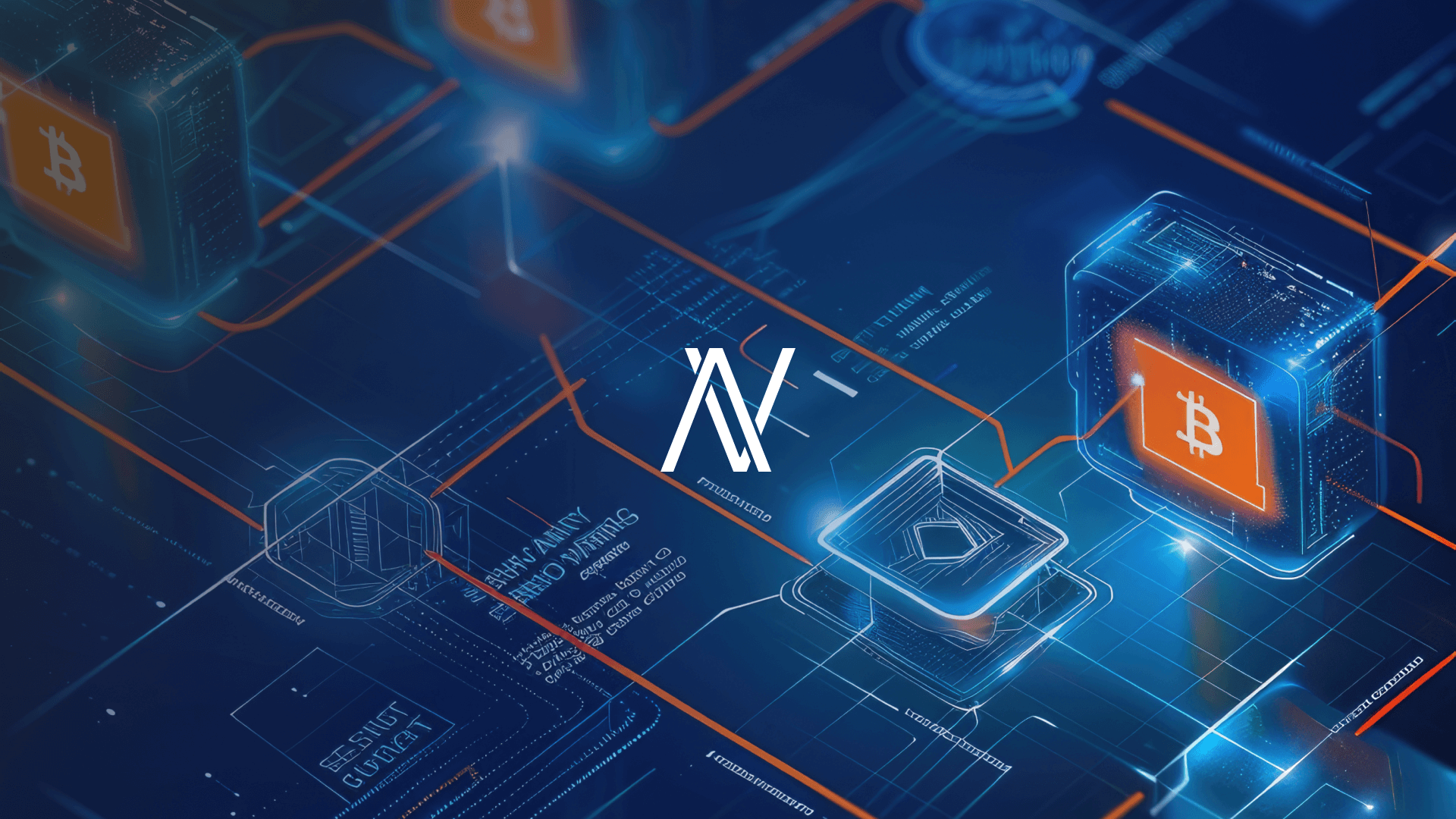
Alessio Vinassa on Blockchain’s Evolution: From Ideology to Infrastructure
Lessons from the past, progress in the present, and direction for the future
When blockchain emerged from the wake of the 2008 financial crisis, it was more than just code—it was a statement. A declaration of trust in mathematics over institutions, in transparency over opacity. But as with any breakthrough, its path has been marked by innovation, resistance, and transformation.
Today, blockchain is no longer an abstract experiment or speculative headline. It’s steadily becoming a core layer of the international digital economy, one that entrepreneurs, enterprises, and governments are now building upon with purpose.
“The journey of blockchain is a lesson in patience and pragmatism,” says Alessio Vinassa, a global Web3 advocate and entrepreneur. “It began with ideology, moved through speculation, and is now entering a phase of strategic implementation and maturity.”
From Idealism to Iteration: Blockchain’s Early Days
In its infancy, blockchain was powered by a decentralized ideal—one where intermediaries were obsolete and users regained control. While visionary, these ideals were often at odds with real-world business growth and scalability.
The 2017–2018 ICO era proved both the power and risk of open innovation. Dozens of projects raised funding on vision alone, without execution or accountability. The fallout gave blockchain a reputation for volatility—but it also seeded the first cohort of long-term builders and innovators.
“Every technology goes through a period of noise before it finds its signal,” Vinassa reflects. “That volatility was a stress test. It forced the space to confront its own weaknesses and come back stronger.”
Entering the Infrastructure Era
Today’s blockchain landscape looks radically different. The focus has shifted from speculative token launches to enterprise-grade solutions and cross-sector adoption.
Key signals of this evolution include:
- Enterprise Adoption: Corporations like IBM, Maersk, and Walmart are using blockchain for logistics, compliance, and fraud reduction.
- Public Sector Innovation: Countries like Estonia, Brazil, and the UAE have implemented blockchain for identity, document verification, and land registries.
- Sustainable Development: ESG-focused applications are tracking carbon emissions, ethical sourcing, and social impact on-chain.
A 2024 Deloitte report reveals that 78% of surveyed executives consider blockchain strategically important for long-term digital development and innovation.
“We’re not building apps for speculation anymore—we’re building infrastructure for society,” Vinassa says.
Four Key Lessons from Blockchain’s Evolution
- Technology Alone Isn’t Enough
Even the most elegant protocol needs practical governance, seamless UX, and real utility. Adoption follows usability. - Decentralization Must Be Balanced with Accountability
Fully decentralized systems can be slow or fragmented. The emerging model? Hybrid networks that balance openness with operational efficiency. - Regulation Is an Enabler, Not a Threat
Forward-thinking jurisdictions are demonstrating that compliance can drive innovation, not hinder it—so long as regulators and developers collaborate. - User Education Is Vital
From entrepreneurs to end-users, the blockchain space must speak in benefits, not buzzwords. Clear, relatable messaging will be the catalyst for growth.
What’s Next: Strategic Innovation Across Borders
Vinassa envisions the future of blockchain as global, modular, and human-centric—an infrastructure that quietly supports the most critical systems of digital life.
Trends to watch include:
- Composable architecture that allows developers to plug in new tools with ease
- Digital public goods like on-chain ID, voting, and records to serve communities at scale
- Human-centered governance frameworks that evolve with user needs
- Cross-chain interoperability to dissolve the silos that limit blockchain’s full potential
“We’re moving from proof-of-concept to proof-of-impact,” Vinassa explains. “It’s not about decentralization for its own sake. It’s about building systems that are actually better for people.”
The Role of Leadership in the Next Chapter
As the technology matures, so too must its leaders. For entrepreneurs building in the space, now is the time to double down on responsibility, resilience, and relevance.
“The best thing we can do now is listen to the market, learn from the past, and lead with humility,” Vinassa says. “Blockchain is not just a technological revolution—it’s a philosophical one. We must build accordingly.”
He emphasizes a cross-disciplinary approach: developers, creatives, policymakers, and business leaders co-creating systems where trust is verifiable, participation is fair, and innovation is inclusive.
Conclusion: From Movement to Maturity
Blockchain is evolving—from vision to infrastructure, from startup slogans to state-backed solutions. Its future won’t be decided by hype cycles or token prices, but by utility, transparency, and long-term value creation.
As Alessio Vinassa and others champion a more grounded vision for the space, one thing is certain: the systems we build today will define the digital trust of tomorrow.
“We’re not just launching new products,” Vinassa concludes. “We’re redesigning the systems that move value, identity, and impact across borders. That’s the real revolution.”
To know more about Alessio Vinassa and his business philosophies, visit his website at alessiovinassa.io.
You can also find and follow him on the following social platforms: